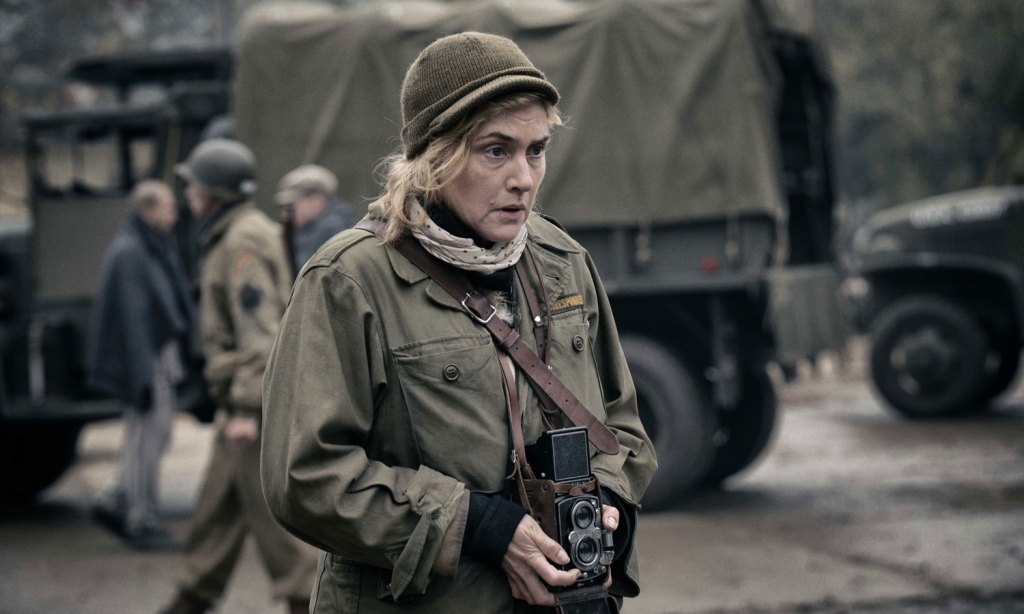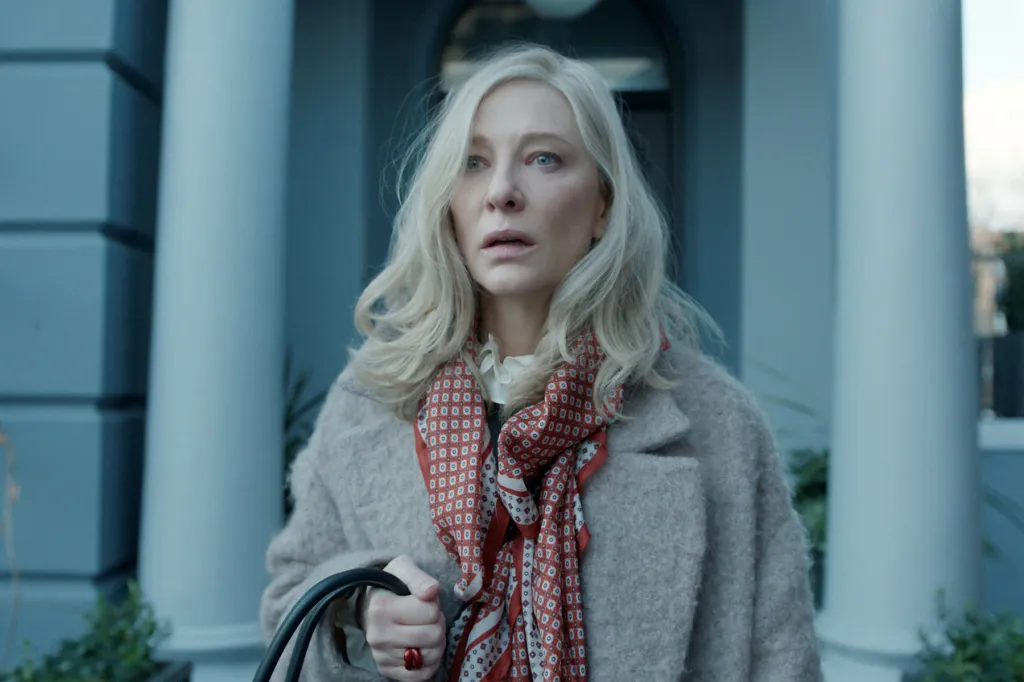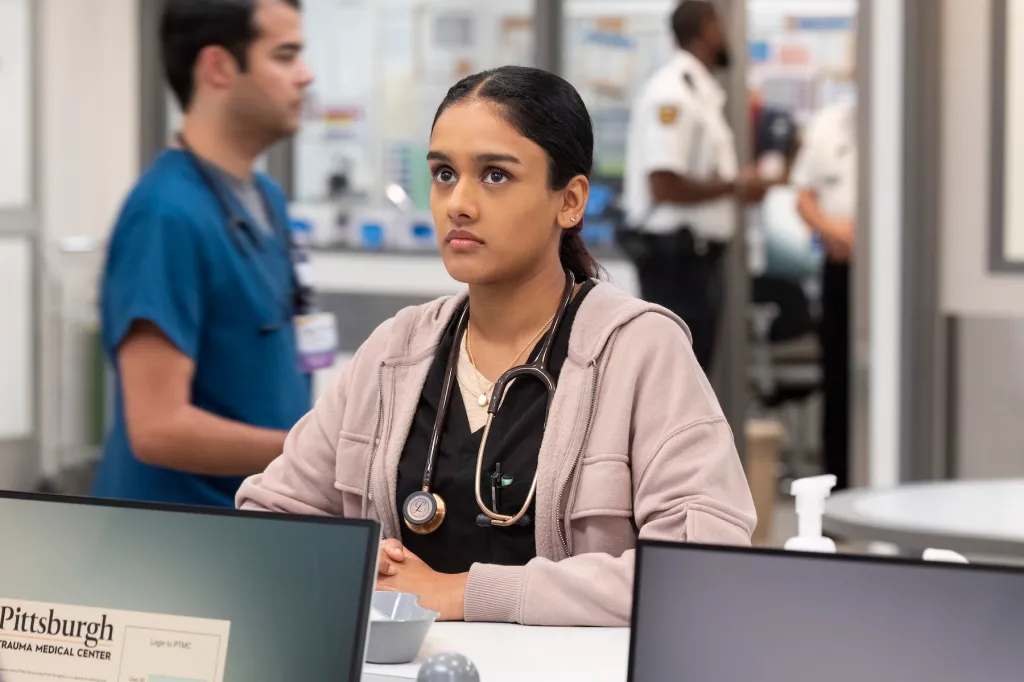Film review: Lee
This film about model and photographer Lee Miller, who followed the US military to the frontlines of World War II, is messy but embodies some hard truths.

It happened so slowly, Lee Miller says, after she and her carefree friends in coastal France mocked the German tyrant Adolf Hitler and his gospel of racial cleanliness. Overnight they woke up and Europe was at war.
Miller (played by Kate Winslet), had already traded modelling for arty, surreal photography and was working for Vogue magazine when she inveigled her way onto the European battleground. Forbidden to go by the government in the UK, where she lived in London with her husband Roland Penrose (Alexander Skarsgård), she signed up with the US military and by sheer perseverance graduated from photographing camp hospital horrors to the frontline of battle.
She spoke fluent French, which gave her an edge, and had an unflinching eye for images that radiated emotion.
Lee features an astonishing performance from Winslet, who drove the project and commits fully to her role as a beautiful, middle-aged woman who is a reckless attention-seeker but also a brave and talented photographer driven to show the world what was happening, no matter the cost.
The personal toll is signposted from the start through the oddly contrived set-up of a man arriving at Farley’s Farm to interview the aged and embittered Miller. She is not keen on talking about herself but shows him her photos as the story unfolds. “Even when I wanted to look away, I knew I couldn’t,” she says.
The destruction of life for her French clique – Solange d’Ayen (Marion Cotillard) and Nusch Éluard (Noémie Merlant) – was total. While Miller escaped to London, they stayed and joined the Resistance and Miller later finds d’Ayen wraithlike after time in a German prison. Outraged by the suffering, Miller presses on, mentored and befriended by Life photojournalist David E Scherman (a career-best performance by Andy Samberg). They travel together and share the hardships which she softens with tablets and drink.
The pair follow the US military into Hitler’s Munich apartment, where Scherman takes the famous victory photo of Miller in Hitler’s bath. She is tastefully posed to get through the censors with a portrait of Hitler propped against the bathroom tiles in an image that lays claim to the spoils of victory. This was just after they were among the first on the scene at Dachau and Buchenwald, the liberated German concentration camp where bodies were piled high in railway carriages and the emaciated survivors wandering as if in a dream.
All this is beautifully filmed and directed by cinematographer Ellen Kuras, with a palette that shifts from vibrant sunshine in France to the grim greys of mud and death. But the back and forth between old, lost Miller and the narrative of her war years is a distraction that begs the question of why a later-life interview with the obviously alcoholic Miller was of interest.
We eventually learn why it matters, and its clumsiness can be put down to the heavy hand of Miller’s heirs. Their intentions are good: to remind the world of Miller’s exceptionalism and give a second life to images of evil hidden in her attic These were so confronting they barely saw the light of day at the time, least of all in British Vogue, although American Vogue published some under the stark heading, “Believe It”.
Subscribe for updates
But the interweaving of the interviews with the older Miller makes leaden a film about an artistic woman who was a muse to surrealist master Man Ray then turned her camera and herself towards the grisly reality of war. It seems as if her son, Antony Penrose (portrayed by Josh O’Connor in a lacklustre performance), wanted known the price he paid for having Miller as a mother.
Lee opens in cinemas on October 24.

